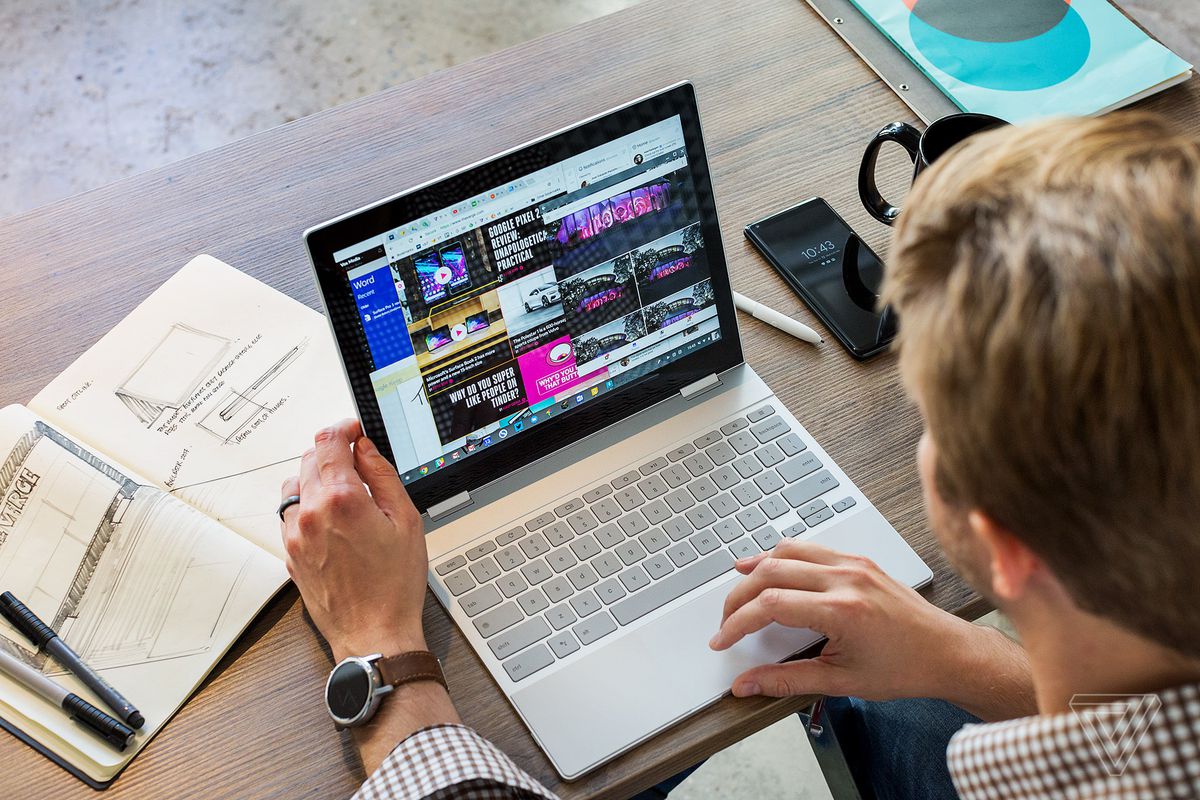Buying a refurbished tech product will save you money compared to buying it new. It also gives a device a second life instead of sending it off to be recycled. And especially during these times when demand is high for all kinds of tech, buying refurbished is sometimes the only way to get your hands on a product when retail channels are strained or just completely out of new merchandise.
Those are all good things — yet “refurbished” is still a loaded word for a lot of people. New means new, a product that nobody else has used. On the other hand, buying something refurbished can be a gamble, despite the fact that the product is probably more affordable.
If you’re buying a refurbished product, it helps to have criteria
If it has been refurbished, that likely means the product was either broken or roughed up enough to warrant a repair. It could also mean that whoever bought it simply decided they didn’t want it and returned it to the store. The definition of what makes for a refurbished product varies depending on the seller, though something that may ease some worry is that there are US laws that prevent once-used tech from being sold as new. We’ve seen it in action, too. In 2019, New York City filed a lawsuit against T-Mobile alleging that it had deceived buyers by selling used phones to customers who had paid for new ones.
Still, buying refurbished brings up a lot of questions. Did the original manufacturer refurbish the product, or was it done by a third-party company? Was the product restored to a like-new state, or will it look visibly used when you receive it? Was it professionally cleaned and sanitized, and does it come with new accessories? Does it have a warranty, and who will be accountable if it breaks?
It’s easy to see why a lot of people might prefer to just pay more for something new. However, it’s possible to both save money and not get swindled when buying refurbished products. Below, we’ve laid out some tips that you can follow when buying refurbished tech as well as links to trustworthy retailers. None of this is fail-proof, but it will make the process a lot safer — and you can end up with some great devices at lower prices.
:no_upscale()/cdn.vox-cdn.com/uploads/chorus_asset/file/9539669/jbareham_171017_2065_0164.jpg)
What to look for when you want to buy refurbished
In general, if you purchase a refurbished product from its original manufacturer, it’s far less of a gamble than buying from a third-party retailer. The manufacturer is likely to have higher standards for refreshing and repackaging the product, and — crucially — should have access to authentic materials and components. But there are also many companies that exist solely to refurbish products, and they can do a good job, too. You’ll just need to be extra vigilant, ask the right questions, and make sure all of your questions get answered.
In other words, if you’re buying a refurbished product, it helps to have criteria. This will quickly become second nature once you start making a habit of looking at refurbished tech. Here are some questions to start with:
- What condition is it in? Is it in like-new condition or somewhat used?
- Does it come with all original accessories and documentation?
- What kind of warranty does it have, and who is providing it?
The answers to those questions aren’t necessarily obvious. Sometimes, the product might be visibly damaged, come in a different box, or only have a six-month warranty. That’s alright, so long as you know in advance of buying it. In fact, you can often use this info to your advantage to save some money, as resellers may sometimes lower the cost if the product isn’t in perfect condition. You’ll just have to decide what you’re willing to settle for.
What is an open-box product?
Sometimes products will be listed as “open-box.” This term can mean something different depending on the retailer, but most use it to mean that the product was opened by a customer who bought it, then it was returned to the store in its original box with all of its accessories. In other words, it didn’t need to be refurbished because the assumption is that it either wasn’t used at all or was only used once and then repackaged. Generally, it’s safe to assume that an open-box product will in good condition, though it never hurts to ask for clarification or seek the info somewhere on the webpage.
:no_upscale()/cdn.vox-cdn.com/uploads/chorus_asset/file/19923291/bfarsace_200424_3992_0005.0.jpg)
Is there anything that I shouldn’t buy refurbished?
Ultimately, that’s your call to make. Some staffers at The Verge make a sour face at the idea of using refurbished headphones, especially in-ear headphones. I think it’s natural to have that reaction, considering how intimately you would use a product like that. Many, but not all, companies thoroughly clean refurbished products before reselling them. Though, for some people, something that has been used that way is forever unclean.
In my opinion, the most important thing to make sure of when buying a refurbished product is that the warranty is good enough to support you if the device fails. And if the retailer says that your product will arrive in a clean, well-packaged state, make sure that what you receive is representative of their claims.
Update October 23rd, 4:05PM ET: This article was originally published on May 15th, 2020. Several of the entries have been updated, and the second half has been removed to create a new article.
